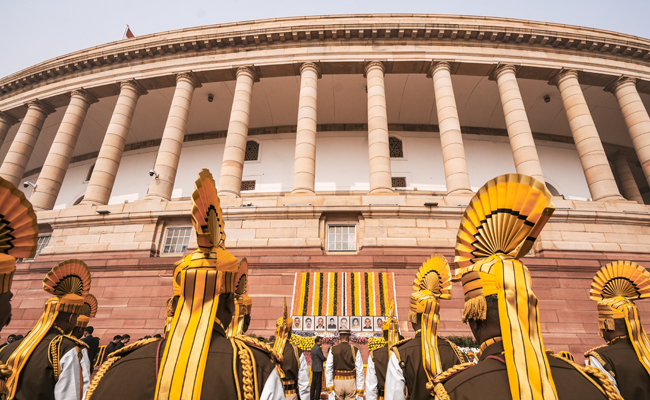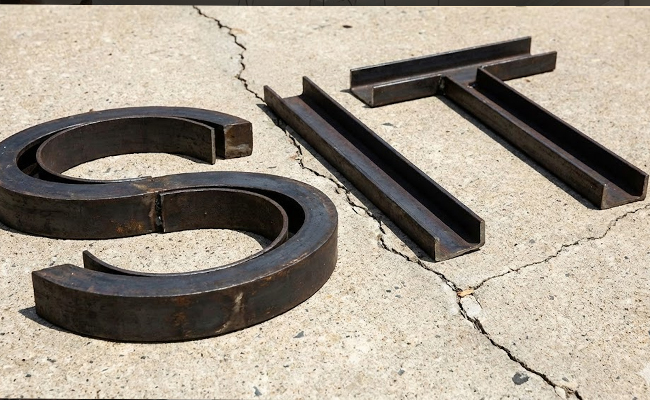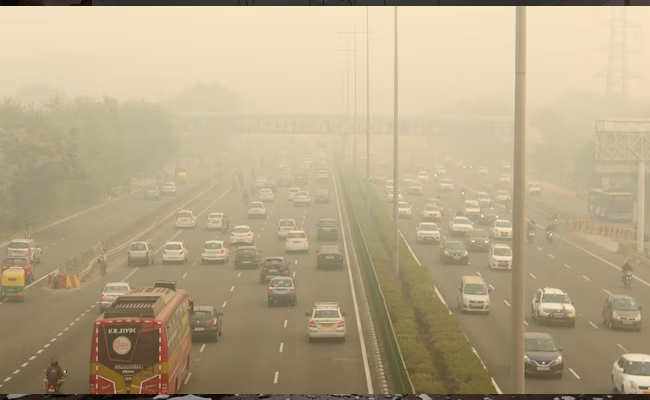The 2018 FIFA World Cup in Russia has been in full swing for the past one week. Many upsets were witnessed in the opening group games with debutants Iceland holding Argentina to a 1-1 draw, Germany losing to Mexico and Japan defeating Colombia to become the first Asian team to beat a South American side at the World Cup.
The final group games will start from Monday with Russia facing Uruguay and Saudi Arabia going up against Egypt in Group A. One peculiar feature about these fixtures is that they will kick-off simultaneously at 7:30 PM (IST). All final group games will have a simultaneous kick-off and the reason for this dates back to the 1982 FIFA World Cup in Spain.
Football's mega event in 1982 saw African nation Algeria making their World Cup debut and their run of good form didn't stop as they went on to defeat West Germany in the opening game and shocked the entire world. After losing to Austria in their next game and winning the final group game against Chile, Algeria looked all set to make it to the second round, however, a disgraceful collusion between West Germany and Austria saw the debutant African nation eliminated from the first group stage.
Disgrace of Gijón
West Germany faced Austria in their final group game on the 25th of June, 1982 at El Molinon, Gijón. Algeria had already played their final game against Chile a day before and were in second position behind Austria with 4 points. Algeria looked in a good position as an Austrian victory or draw would've ensured them a place in the second round along with Austria and a West German victory by 3 goals or more would've seen them qualify with West Germany.
The opening 10 minutes of the match saw an attacking West German side take the lead through a goal by Horst Hrubesch. After West Germany scored both teams started passing the ball around in their own half and never looked like making an attacking move. They often passed the ball back to the goalkeeper and played inconsequential long balls into the opposition half. Both teams took shots with no attempt at accuracy and the only players who looked like making an effort were Austrian striker Walter Schachner and West German defensive midfielder Wolfgang Dremmler.
The game ended 1-0 and the collusion between West Germans and Austrians was clearly visible as many commentators refused to comment on the game and urged fans to switch off their television sets. The spectators at the stadium were also disgusted by the players' disgraceful display and a set of angry Algerian fans waved banknotes at the players. The Spanish daily newspaper El Comercio printed the match report in the crime section.
With this result, all 3 teams Algeria, Austria and West Germany had 4 points but the latter two progressed to the next stage due to a superior goal difference.
Introduction of simultaneous Kick-offs
In the aftermath of the game, Algerian football federation lodged a complaint to FIFA and believed that referee Bob Valentine should've intervened. However, FIFA found that no rules were broken and refused to take any action.
As a result, from 1984 UEFA Euro and 1986 FIFA World Cup the final group games were played at the same time to avoid any such occurrence in the future.
The simultaneous kick-off time ensures that no team can take unfair advantage of the other group game's result. For example, at the 2014 FIFA World Cup, after Matchday 2 all four teams in Group G were alive and had the chance to progress to the Round of 16. The final group games between Germany and USA and Portugal and Ghana had a simultaneous Kick-off so that no side could benefit from the result of the other game.
The main motive of having simultaneous Kick-offs is to maintain the sanctity of the game and ensure each team is given an equal opportunity to progress to the next stage. Over the years simultaneous kick-offs have also been experimented in domestic leagues if two or more teams are in a winning position on the final Matchday.
courtesy : sportskeeda.com
Let the Truth be known. If you read VB and like VB, please be a VB Supporter and Help us deliver the Truth to one and all.
New Delh (PTI) The Congress on Saturday said it is perhaps not very surprising that India is not part of a US-led strategic initiative to build a secure silicon supply chain, given the "sharp downturn" in the Trump-Modi ties, and asserted that it would have been to "our advantage if we had been part of this group".
Congress general secretary in charge of communications Jairam Ramesh took a swipe at Prime Minister Narendra Modi, saying the news of India not being part of the group comes after the PM had enthusiastically posted on social media about a telephone call with his "once-upon-a-time good friend and a recipient of many hugs in Ahmedabad, Houston, and Washington DC".
In a lengthy post on X, Ramesh said, "According to some news reports, the US has excluded India from a nine-nation initiative it has launched to reduce Chinese control on high-tech supply chains. The agreement is called Pax Silica, clearly as a counter to Pax Sinica. The nations included (for the moment at least) are the US, Japan, the Republic of Korea, Singapore, the Netherlands, the United Kingdom, Israel, the United Arab Emirates, and Australia."
"Given the sharp downturn in the Trump-Modi ties since May 10th, 2025, it is perhaps not very surprising that India has not been included. Undoubtedly, it would have been to our advantage if we had been part of this group."
"This news comes a day after the PM had enthusiastically posted on his telephone call with his once-upon-a-time good friend and a recipient of many hugs in Ahmedabad, Houston, and Washington DC," the Congress leader asserted.
The new US-led strategic initiative, rooted in deep cooperation with trusted allies, has been launched to build a secure and innovation-driven silicon supply chain.
According to the US State Department, the initiative called 'Pax Silica' aims to reduce coercive dependencies, protect the materials and capabilities foundational to artificial intelligence (AI), and ensure aligned nations can develop and deploy transformative technologies at scale.
The initiative includes Japan, South Korea, Singapore, the Netherlands, the United Kingdom, Israel, the United Arab Emirates, and Australia. With the exception of India, all other QUAD countries -- Japan, Australia and the US -- are part of the new initiative.
New Delhi will host the India-AI Impact Summit 2026 on February 19-20, focusing on the principles of 'People, Planet, and Progress'. The summit, announced by Prime Minister Narendra Modi at the France AI Action Summit, will be the first-ever global AI summit hosted in the Global South.
Prime Minister Modi and US President Trump on Thursday discussed ways to sustain momentum in the bilateral economic partnership in a phone conversation amid signs of the two sides inching closer to firming up a much-awaited trade deal.
The phone call between the two leaders came on a day Indian and American negotiators concluded two-day talks on the proposed bilateral trade agreement that is expected to provide relief to India from the Trump administration's whopping 50 per cent tariffs on Indian goods.
In a social media post, Modi had described the conversation as "warm and engaging".
"We reviewed the progress in our bilateral relations and discussed regional and international developments. India and the US will continue to work together for global peace, stability and prosperity," Modi had said without making any reference to trade ties.





